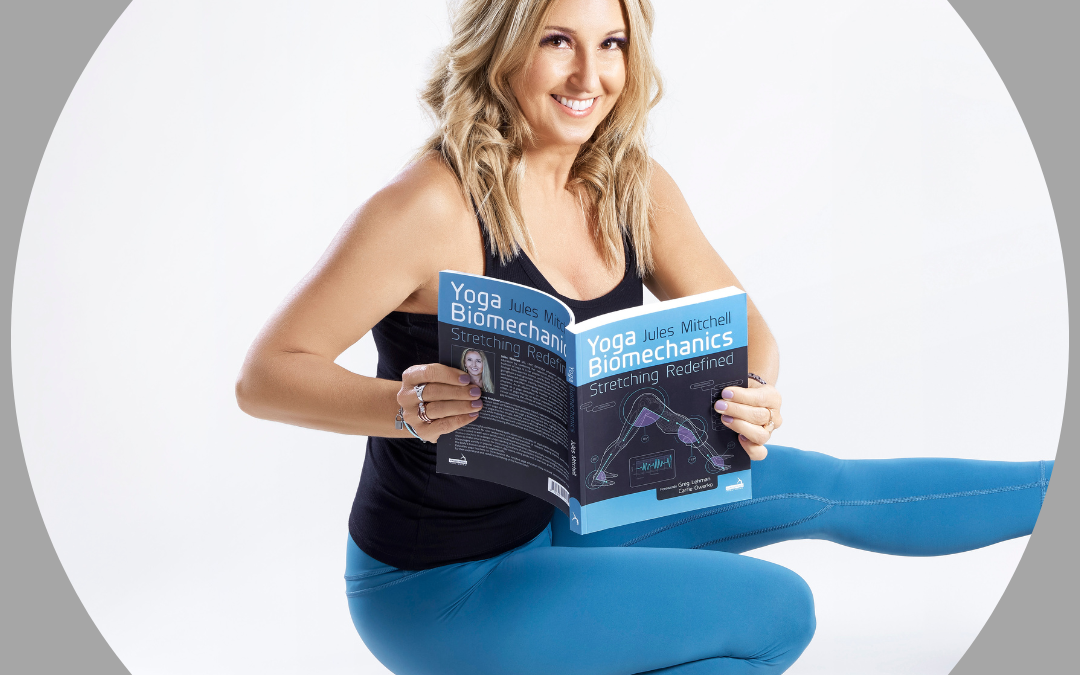
Why I Still Love Yoga (Even When Everyone Else Seems Over It)
In a yoga world full of hot takes and hard exits, I’m still here and I’m curious, committed, and lit up by the practice. This isn’t nostalgia. It’s love with both eyes open.

In a yoga world full of hot takes and hard exits, I’m still here and I’m curious, committed, and lit up by the practice. This isn’t nostalgia. It’s love with both eyes open.

After over a decade of studying, reading, and writing about the research on stretching, I have witnessed an enormous range of data and corresponding interpretations. I’ve seen studies that say stretching makes you weak and slow and I’ve seen studies that say stretching makes you strong and energy efficient. I’ve seen studies promoting stretching as an essential component of fitness and other studies arguing it should be eliminated altogether. This span of conclusions is even greater in the court of public opinion.

A free webinar for yoga teachers on how you can recognize hypermobility symptoms in your students and how to modify your yoga classes to support this population.

I was recently posed the ultimate question yoga teachers get, “How do you respond to people who say yoga isn’t enough?”
This struck a chord with me, as I’ve noticed a pervasive trend on social media where the narrative of yoga’s insufficiency is all too common, often perpetuated even by yoga teachers themselves.

There are a lot of exaggerated claims about the effects of single pigeon pose and how to teach it. It’s either the best thing ever or the worst thing ever. As is usually the case when it comes to exercise interventions and injury prevention, the more realistic position is usually somewhere between the extremes.

If you are the yoga teacher who loves to promote active stretching muscle engagement during your classes, learn more here about isometric and eccentric stretching.